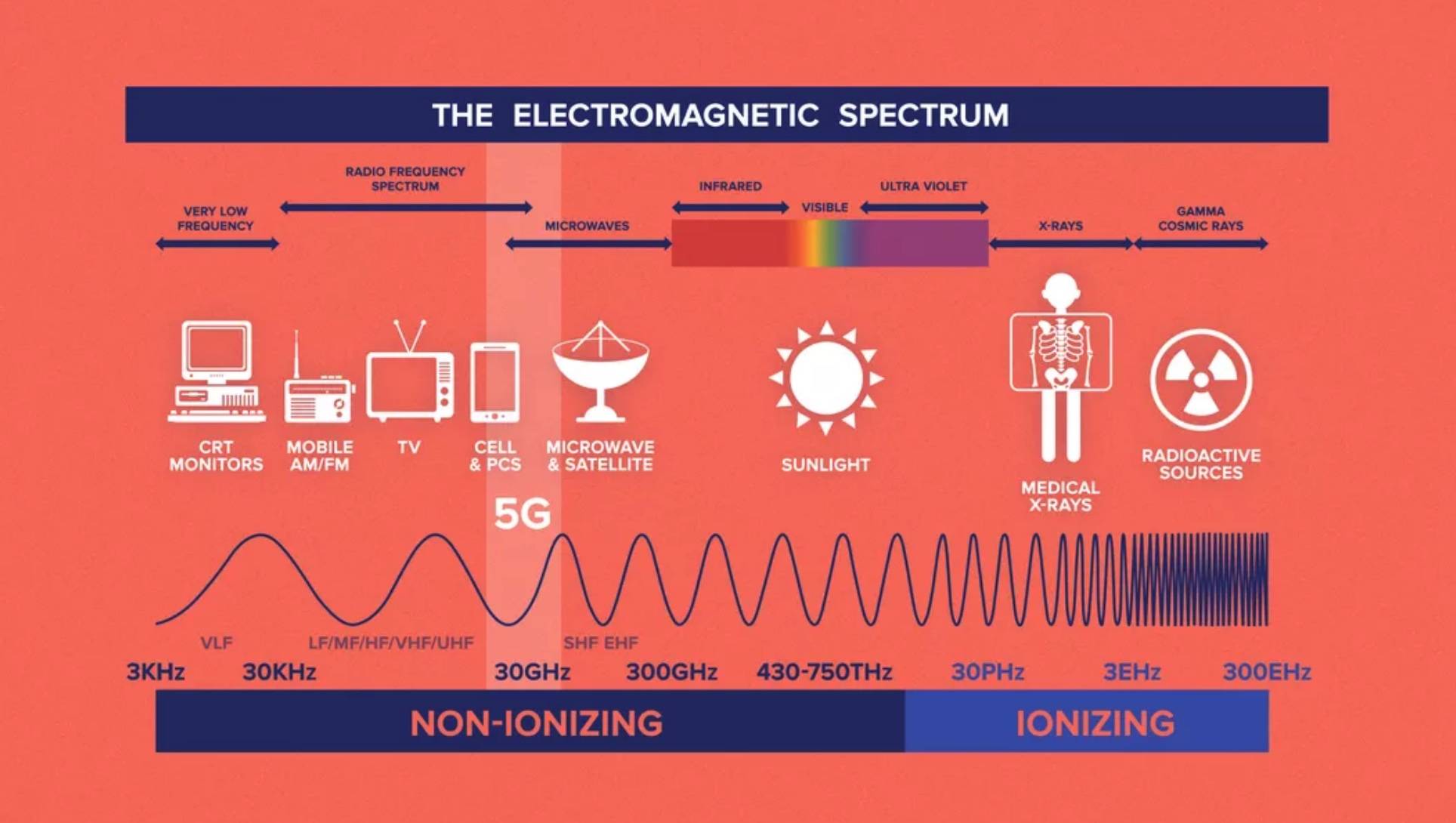This article focuses on the subject of 5G radiation, which is a non-ionizing type of electromagnetic radiation. Because 5G radiation is tiny, it doesn't possess the capability of breaking the chemical bonds of biological tissues or trigger any modifications to cells. It is not known if 5G radiation affects the risk of skin cancer, and no evidence has been discovered to suggest it may cause any other diseases.
High-frequency millimeter radiation
High-frequency millimeter wave radiation from mobile devices and wireless networks could cause adverse health effects for humans. There are 5g towers radiation could be harmful. In some instances, the radiation can cause damage to someone's DNA. In other cases the radiation may cause harm to other parts within the body such as the brain.
Recent studies have shown that 5G technology can cause the heating of tissues. This is why researchers from the International Council on Non-Ionizing Radiation Protection (ICNIRP) has called for a review of existing standards for biological and thermal safety. The current exposure standards don't protect people from extreme heat in the event of exposure to pulsed millimeter wave radiation.
5g towers radiation
There is no definitive answer yet to the question of whether the 5G radiation causes skin cancer. However, it is believed that 5G RF-EMFs behave much like radiations that emit high-LET. This means that they can produce large amounts of free radicals within the skin. The FCC hasn't issued any specific guidelines about the dangers of 5G technology. Consequently, the debate continues.
Although there has been a variety of studies regarding the impact of radio waves with higher frequencies on the human body, they have remained largely limited in their scope. However, there is concern over the effects of millimeter-wavelength exposure on oxidative stress and gene expression. These effects could be extended to the skin and various organs, including the brain.
Impact on other illnesses
The latest generation of technology for wireless, 5G, is rapidly gaining ground However, researchers are warning of the potential health risks it could pose. The technology will significantly increase the quantity of electromagnetic radiation found that we encounter in our surroundings. This is a concern that has sparked debates in many countries, including Switzerland. In September 2017, 390 scientists and doctors have backed a motion to put the suspension of 5G technology. This call was ignored by the European Commission, which is in charge of regulating the use of 5G technology.
Therefore it is necessary to conduct more research to determine the health impacts of 5G. While we wait, studies have shown that 5G doesn't cause the same adverse effects on humans as radiation from older mobile networks. Additionally, it does not transmit a new type of coronavirus. Additionally it doesn't make people more susceptible to viral infections.
The measurement of exposure
The measurement of the radiation exposure of 5G is an important aspect in the security of 5G networks. There are two ways to gauge exposure. One method is measuring the power of radio waves absorption by human tissues. Another involves measuring the quantity of radiofrequency energy released by an object. The term "radiofrequency energy" (RF) can be described as an energy source that is emitted directly from radio receivers.
The United States, the FCC has set a limit on the power density of 5G mobile devices. These tests can only test the power density of the distance of only a few inches. they do not require measurements of every beam. FCC does not require measurements of each beam. However, the power density of each beam is estimated through computer simulation. The most extreme scenario is then determined according to the beam's configuration. each beam.
The study has its limitations
There's been a lot of debate about whether the effects of 5G radiation are detrimental to human health. In the case of 5G, for instance. Homepage , for example has issued a report which concludes that the technology has no negative health consequences in the short term however, there aren't any studies that show long-term negative effects. But, the report contains a number of problems and bias in reporting.

The frequency and power of the radio waves that carry energy depend on the frequency. The energy carried by a millimetre-wave will be the same as the current radio waves however, they're smaller in size and more suitable for environments with high density, since they will not be obscured by walls or glass. Highly dense urban areas will require a high number of smaller, low-power locations, while suburban areas would be better served by 5G stations that operate at lower frequency.
